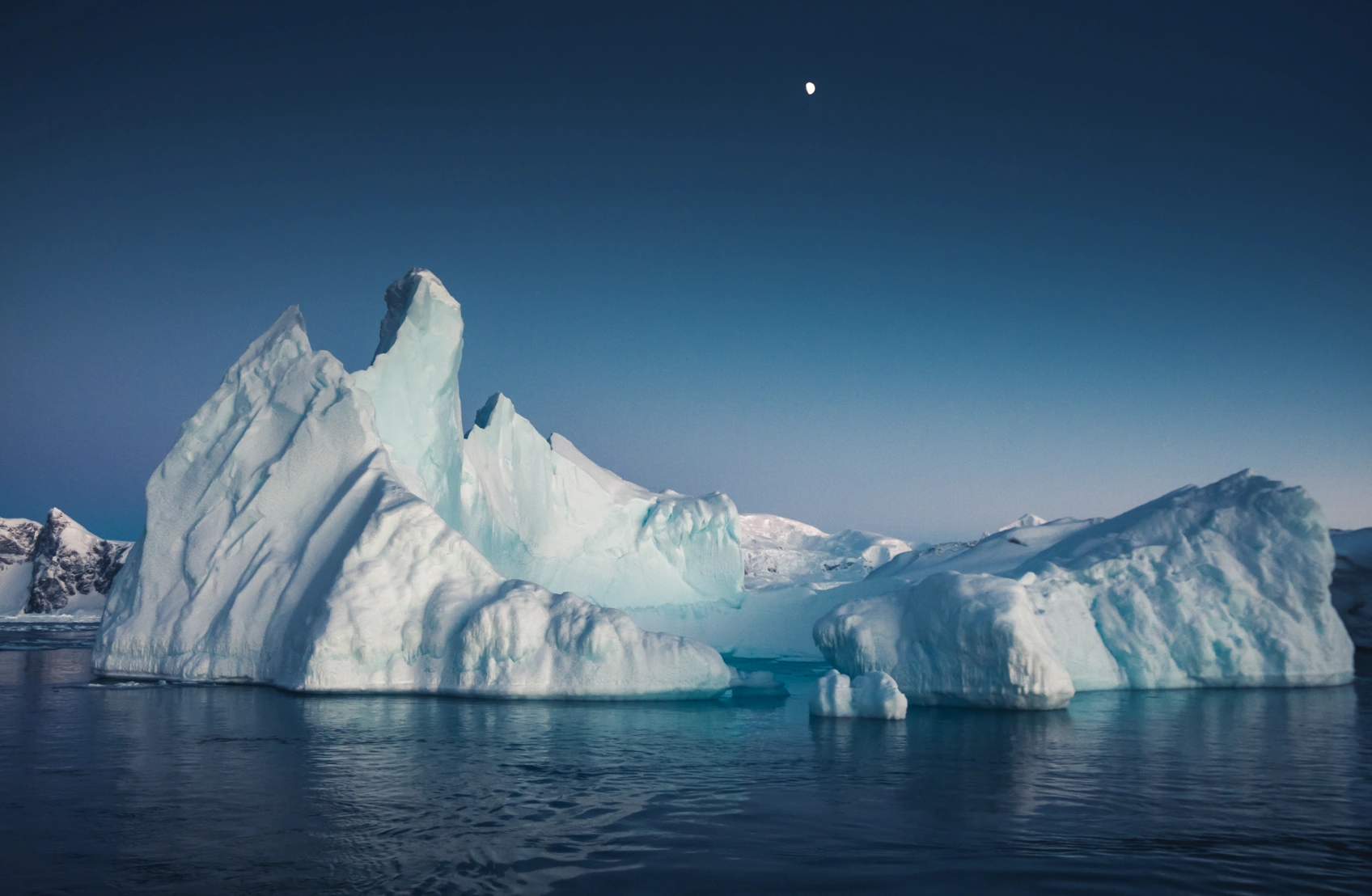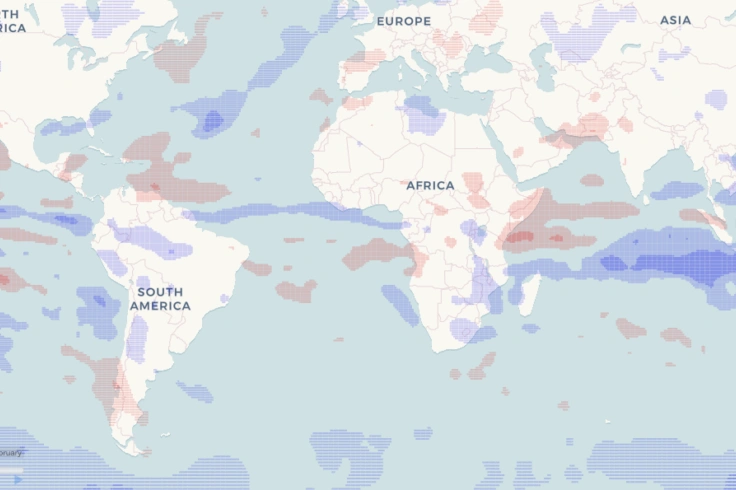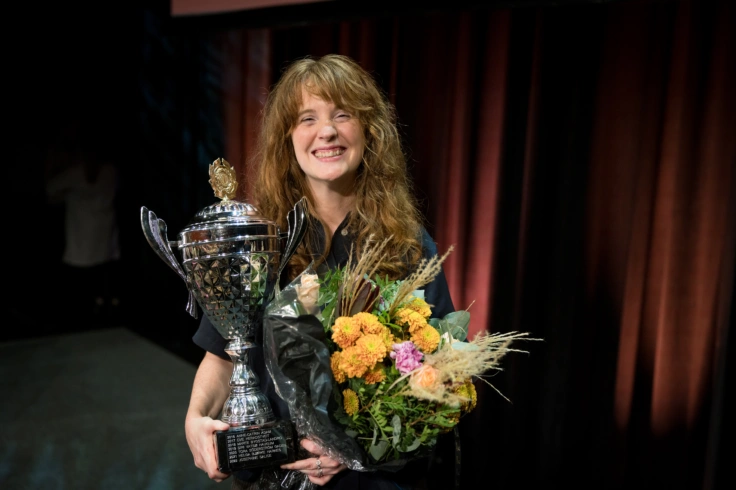
The new Global Tipping Point Report warns of risks to Atlantic Ocean Circulation, but the timing remains uncertain.
Read moreOur Research Areas
Find an Expert
Our researchers are employed either at NORCE, UiB, the Nansen Center or the Institute of Marine Research. The researchers work together across various scientific disciplines. Find researchers with backgrounds in meteorology, oceanography, geology, geophysics, biology and mathematics, among others.
Projects
Researchers at Bjerknes are involved in several projects, both nationally and internationally. The projects are owned by the partner institutions, with the exception of our strategic projects.
Publications
Researchers at the Bjerknes Center publish more than 200 scientific articles each year.
Dive Into The Climate Science
Se alleNews
Se alle
13.10.25
Two Systems, One Critical Challenge
The new Global Tipping Point Report is out and warns of potential risks to the Atlantic Ocean Circulation – however, there are large uncertainties about when, or if, the tipping points will be crossed.

30.09.25
Bringing Climate Models to Everyone
How AI is making complex data understandable

18.09.25
Rebekka is the Winner of Forsker Grand Prix Bergen 2025
Congratulations to Rebekka Frøystad, PhD candidate at GEO – and to Nina Hecej who made it to the regional final.
Events
Se alle15.10.25
BCCR Workshop: The Lofoten Basin Eddy in a Regional Context: from Physics to Ecosystem Dynamics
We are excited to invite you to an interesting workshop on The Lofoten Basin Eddy in a Regional Context: from Physics to Ecosystem Dynamics. The workshop aims to promote the discussion on state-of-the-art research, identify key priorities, and coordinate collaborative efforts to advance our understanding of the dynamics and biogeochemistry of the LBE, and its significance for the regional ecosystems. The event will feature speakers representing initiatives such as NorSWOT, NorGlider, and the PROVOLO project. The complete agenda will follow. When: Wednesday, October 15, 9:00-13:30 Where: BCCR Lecture room, 4th floor Sign up for lunch latest by Monday, October 6: https://forms.gle/qBUetd3AZf25nrWw5 If you have already registered and are still participating, you don't need to sign up again. Best, Lucía on behalf of the LBE consortium
21.10.25
Bjerknes proposal writing class
The Bjerknes Proposal Writing Class (Bjerknes proposal writing training 2) is an offer to scientists at the Bjerknes Centre who plan to submit a project proposal in 2026 and have little or no experience yet in proposal writing. By taking the class, you will consecutively develop your idea into a proposal draft and finally, a complete proposal ready to submit within the deadlines of 2026. This writing class will complement the support you get from your academic supervisor or scientific mentor but cannot replace that kind of support. Lectures online on zoom. Link to all the lectures: (will follow) Link to the special seminar: (will follow) Link to all teaching material: (will follow) Class format and time effort: Weekly alternating lectures and writing seminars Lecture-sessions consist of 1 hour lecture + up to 30 minutes question/discussion online: background and guidelines for a specific proposal aspect, instructions for specific remote work on your proposal; Writing sessions consist of 1 hour writing on-site: perform remote work, present results and get feedback. Remote work: 1-2 hours/week remote work on your proposal (in addition to writing seminars) To be performed by the next class Individual meetings with assigned adviser and/or scientific mentor on demand You will get individual written feedback on your remote work from your assigned adviser Imperfect and tentative individual work is better than no remote work!

27.10.25
Lansering: Nytt kunnskapsgrunnlag klart for klima i Norge
Mandag 27. oktober kl. 11–12 presenterer Norsk klimaservicesenter den ferskeste kunnskapen som viser hvordan stadig økende temperatur endrer Norge. Dette gjør at vi må tilpasse oss for å minimere risiko og sikre liv og verdier.





